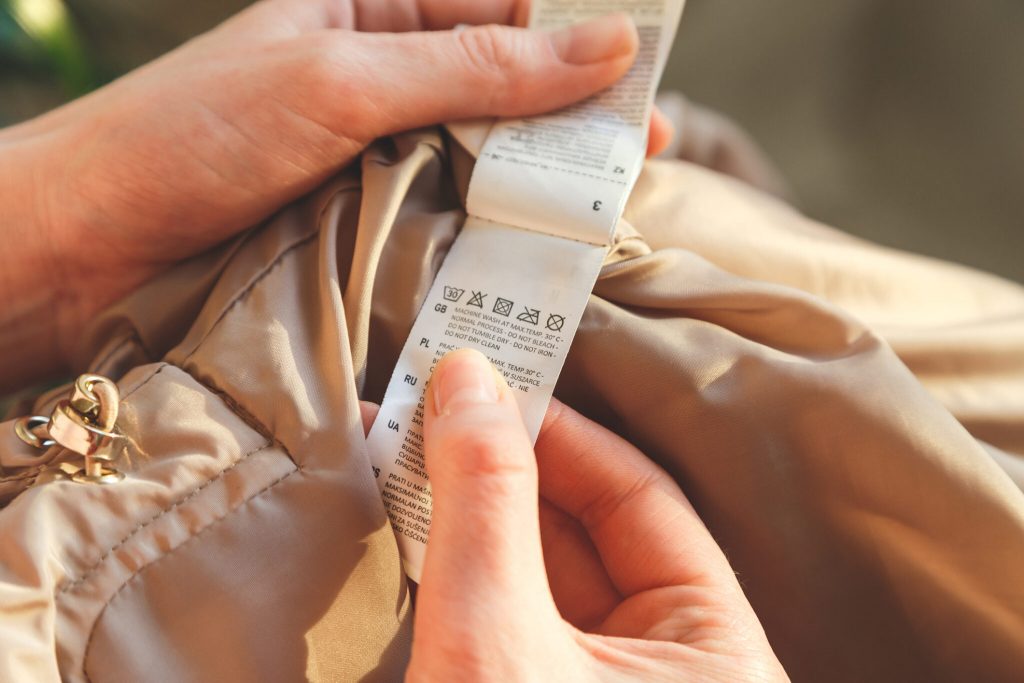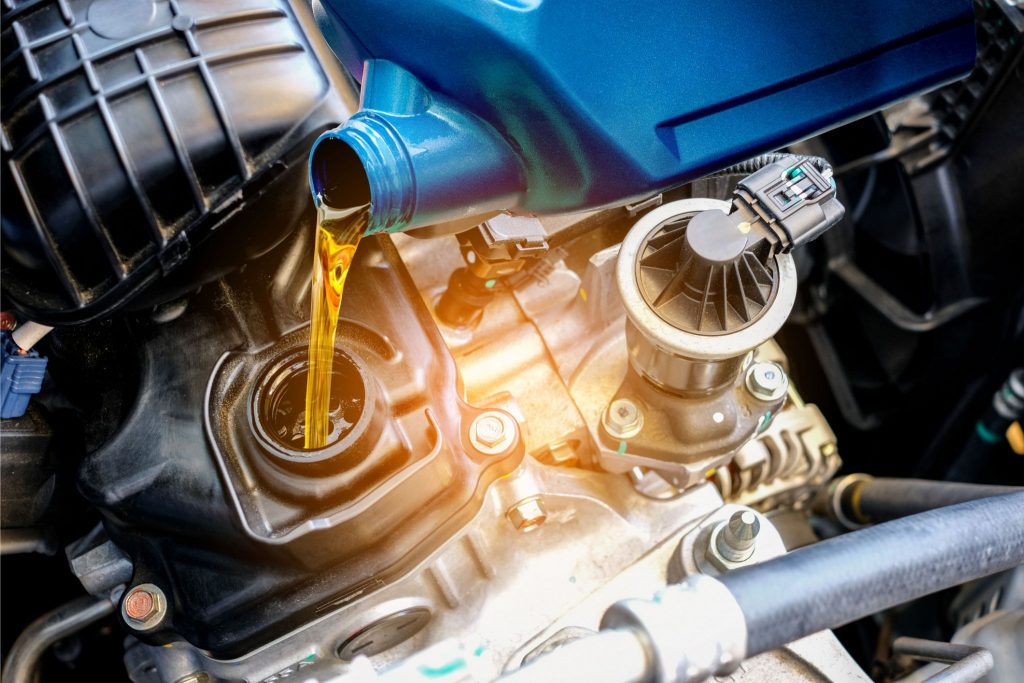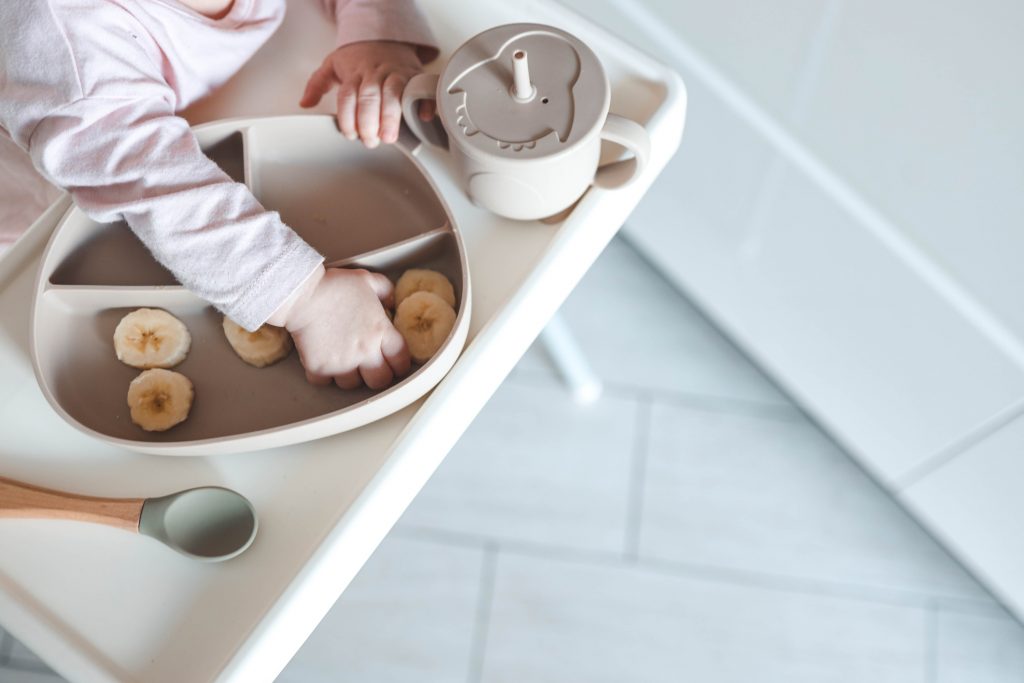
On September 20, 2024, the Official Journal of the European Union published Regulation (EU) 2024/2462, amending Annex XVII of the REACH Regulation to include a new entry (79) concerning the restriction of undecafluorohexanoic acid (PFHxA), its salts and PFHxA-related substances. This regulation will automatically become law in member states 20 days after its publication and will be enforced, having universal binding force and directly applicable to all EU member states. The European Chemicals Agency (ECHA) has compiled a non-exhaustive list of PFHxA and its salts and related substances.
| Substances Information | |
| Undecafluorohexanoic acid (PFHxA), its salts and PFHxA-related substances | Excluded Substances |
| 1. having a linear or branched perfluoropentyl group with the formula C5F11– directly attached to another carbon atom as one of the structural elements; or 2. having a linear or branched perfluorohexyl group with the formula C6F13– | 1. C6F14 2. C6F13–C (=O) OH, C6F13–C (=O) O-X ‘or C6F13–CF2–X’ (where X ‘=any functional group, including salts) 3. any substance having a perfluoroalkyl group C6F13– directly attached to an oxygen atom at one of the non-terminal carbon atoms. |
Main Limit Requirements of Entry 79 in REACH Annex XVII: in a concentration less than 25 ppb for the sum of PFHxA and its salts, 1000 ppb for the sum of PFHxA-related substances, measured in homogeneous material. The following are the main controlled products and their effective dates:
| Controlled Products | Effective Date |
| The products for the general public, including textiles, leather, furs and hides in clothing and related accessories, footwear, mixtures; Paper and cardboard used as food contact materials; Cosmetic products. | October 10, 2026 |
| For the general public, including textiles, leather, and fur in products other than clothing and related accessories | October 10, 2027 |
| Firefighting foams and firefighting foam concentrates used for public fire services, training, and testing. | April 10, 2026 |
| Firefighting foams and firefighting foam concentrates for civil aviation (including in civilian airports) | October 10, 2029 |
Resource:https://eur-lex.europa.eu/legal-content/EN/ALL/?uri=OJ:L_202402462
Mr. Robert Lok Pak-keung, Vice President of the Chinese Manufacturers’ Association of Hong Kong cum Chairman of CMA Industrial Development Foundation Limited, accepted the invitation of Now TV and was interviewed on the program “75 Years of Inheritance”. During the interview, Mr. Lok talked about the pragmatic measures of Hong Kong’s testing industry and how CMA Testing is leveraging its advantages as a super-connector to contribute to the development of the country. The content of the program highlights how China’s foreign trade sprouted in the 1960s and 1970s, a period when it was challenging for domestically produced goods to go global. Today, China ranks among the leaders in foreign trade volume worldwide.
Source: Now TV 【75 Years of Inheritance】 Towards the World
If it cannot be played normally, please click this

The revised Japanese Industrial standards JIS L 0001: 2024 Textiles – Care Labelling Code Using Symbols was released on 20 August 2024. This revision has been implemented to align with the care symbols and certain care treatments stated in the current ISO care labelling standard ISO 3758: 2023.
Concurrently, the Japan Household Goods Quality Labeling Act and the Textile Goods Labeling Regulation were revised to adopt this revised Japanese standard.
The key revisions are as follow:
| Revisions | Details |
| 1. Scope | Some exemptions have been introduced into the scope such as: * Non-removable covers on upholstered furniture * Non-removable mattress covers * Carpets and rugs that require specialized carpet cleaning |
| 2. Washing Symbol | A new symbol has been introduced for wash by hand at 30°C that features a single bar underneath the symbol.  |
| 3. Ironing Symbol | A new symbol has been introduced for ironing without steam, features a cross through the image of steam emanating from the underside of the ironing symbol.  |
| The ironing temperature limit has been increased by 10°C for each of the iron temperature setting such as cool iron, warm iron and hot iron. For example, the temperature for hot iron has changed from 200°C to 210°C | |
| 4. Dry-Clean | New dry-cleaning solvents dibutoxymethane or decamethylpentacyclosiloxane have been added as an alternative to the dry-cleaning treatments P and F respectively. |
Other graphical changes in the symbols:
| JIS L 0001: 2014 (Old version) | JIS L 0001: 2024 (Revised version) | Symbols Description |
 |  | Wash by hand , max temperature 40°C |
 | Do not wash | |
 |  | Do not bleach |
 |  | Do not iron |
The enforcement date is set for 20 August 2024, accompanied by a transition period of one year.
Note: In principle, products displaying with the old JIS care symbols can continue to be sold until 19 August 2025.

On 30 August 2024, the European Chemicals Agency (ECHA) launched a public consultation of 6 potential substances of very high concern (SVHC) and the deadline for commenting is 14 October, 2024.Once the public consultation is approved, these 6 substances will be added to the list of SVHC as the 32nd batch of SVHC substances.
The 6 substances proposed to be added to the SVHC candidate list on 30 August 2024 and their hazardous properties are detailed as below:
| No. | Substances Name | EC No. | CAS No. | Reason for Proposing | Use |
| 1 | 6-[(C10-C13)-alkyl-(branched, unsaturated)-2,5-dioxopyrrolidin-1-yl]hexanoic acid | 701-118-1 | 2156592-54-8 | Toxic for reproduction (Article 57c) | Hydraulic oil, lubricating oil and grease, and metalworking fluid. |
| 2 | O,O,O-triphenyl phosphorothioate | 209-909-9 | 597-82-0 | Persistent, bioaccumulative and toxic (PBT) (Article 57d) | Lubricants and greases |
| 3 | Octamethyltrisiloxane | 203-497-4 | 107-51-7 | Very persistent and very bioaccumulative (vPvB) (Article 57e) | Cosmetics and personal care products, as well as washing and cleaning products. |
| 4 | Perfluamine | 206-420-2 | 338-83-0 | Very persistent and very bioaccumulative (vPvB) (Article 57e) | Electrical, electronic, optical equipment and machinery, and vehicles. |
| 5 | Reaction mass of: triphenylthiophosphate and tertiary butylated phenyl derivatives | 421-820-9 | 192268-65-8 | Persistent, bioaccumulative and toxic (PBT) (Article 57d) | Hydraulic oil, lubricating oil, and grease. |
| 6 | Tris(4-nonylphenyl, branched) phosphite | 701-028-2 | / | Endocrine disrupting properties (Article 57(f) – environment) | Adhesives and sealants, coating products, and polymers. |

In order to strengthen the regulation of PFAS (perfluorinated and polyfluoroalkyl substances) and ensure that relevant enterprises and individuals can report in detail the production, import, and use of these substances, so that the government can better assess their environmental risks and take corresponding management measures, the Canadian government has issued a new measure in accordance with Section 71 (1) (b) of the Canadian Environmental Protection Act (CEPA) of 1999. This measure requires responsible parties within Canada to submit PFAS data information produced, imported, or used as individual substances, mixtures, or items within 2023 by January 29, 2025. This requirement covers 312 known or expected PFAS for commercial use, with a list divided into three parts: Part 1 (273 items), Part 2 (26 items), and Part 3 (13 items).
Responsible parties and scope to be reported:
- manufactured a total quantity greater than 1000 g of any substance listed in Schedule 1;
- imported a total quantity greater than 10 g of any substance listed in Part 1 of Schedule 1, or a total quantity greater than 100 kg of any substance listed in Part 2 or Part 3 of Schedule 1, whether the substance was alone, or at a concentration equal to or above 1 ppm in a mixture, in a product or in the 12 specified categories;
- imported a total quantity greater than 100 kg of any substance listed in Schedule 1 at a concentration equal to or above 1 ppm in a manufactured item NOT listed in the 12 specified categories of manufactured items;
- used a total quantity greater than 10 g of any substance listed in Schedule 1, whether the substance was alone, or at a concentration equal to or above 1 ppm in a mixture or in a product, in the manufacture of a mixture, a product or a manufactured item.
Scope of 12 specific items:
| 1. that is intended to be used by or for children under the age of 14 years. | 2. that is intended to come into contact with the mucosa of an individual. | 3. that is used as intended in a manner such that the substance may be inhaled, or come into dermal or oral contact with an individual. |
| 4. that is cookware, or a cooking or serving utensil that is intended to come into direct contact with heated food or beverage. | 5. that is food packaging material, including single-serve/disposable bowls, plates, cups, other serving-ware, as well as food cans and lid liners, that are intended to or may come into direct contact with food or beverage. | 6. that is a reusable food or beverage container. |
| 7. that is food processing equipment, including conveyor belts, trays, vats, nozzles, moulds, and cutters that come into contact with food or beverage prior to packaging and distribution. | 8. that is clothing or footwear, including life jackets, personal flotation devices, and other safety apparel. | 9. that is bedding, sleeping bags, or towels. |
| 10. that is furniture, mattresses, cushions or pillows intended to be used by an individual, where the substance is contained in foam or leather or in a textile fibre, yarn or fabric. | 11. that is carpet, vinyl or laminate flooring, or foam underlay for flooring, intended to be used by an individual. | 12. such that the substance is intended to be released from the manufactured item. |
Conditions for exemption report:
This notice does not apply to a substance, whether alone, in a mixture, in a product or in a manufactured item that
| 1. is only in transit through Canada | 2. is for personal use | 3. is intended for use in a laboratory for analysis, in scientific research or as a laboratory standard |
| 4. is, or is contained in, a hazardous waste or hazardous recyclable material within the meaning of the Cross-border Movement of Hazardous Waste and Hazardous Recyclable Material Regulations and was exported or imported pursuant to a permit issued under these Regulations | 5. is, or is contained in, a pest control product registered under the Pest Control Products Act | 6. is, or is contained in a fertilizer or supplement registered under the Fertilizers Act |
| 7. is, or is contained in, a feed registered under the Feeds Act | 8. is mixed with, or attached to, a seed registered under the Seeds Act | 9. This notice does not apply to any person or class of persons who meet the definition of a micro-business(Less than five employees or annual revenue less than $30000) |
Information required:
The company name, address, business number, contact information of the person in charge, and detailed information on the production, use, and import volume of each chemical substance of an individual or enterprise.
Precautions for submitting reports:
Information can be submitted in response to notifications through the Single Window online sumbission system of Environment and Climate Change Canada. If you need to apply for an extension of the report, you must submit the application at least 5 working days before the deadline (January 29, 2025) and provide a suggested new submission date. Please indicate ‘PFAS Notification Extension Request’ in the subject line of the email. Extension requests submitted after the deadline of January 29, 2025 will not be approved.
Source: https://canadagazette.gc.ca/rp-pr/p1/2024/2024-07-27/html/sup-eng.html

